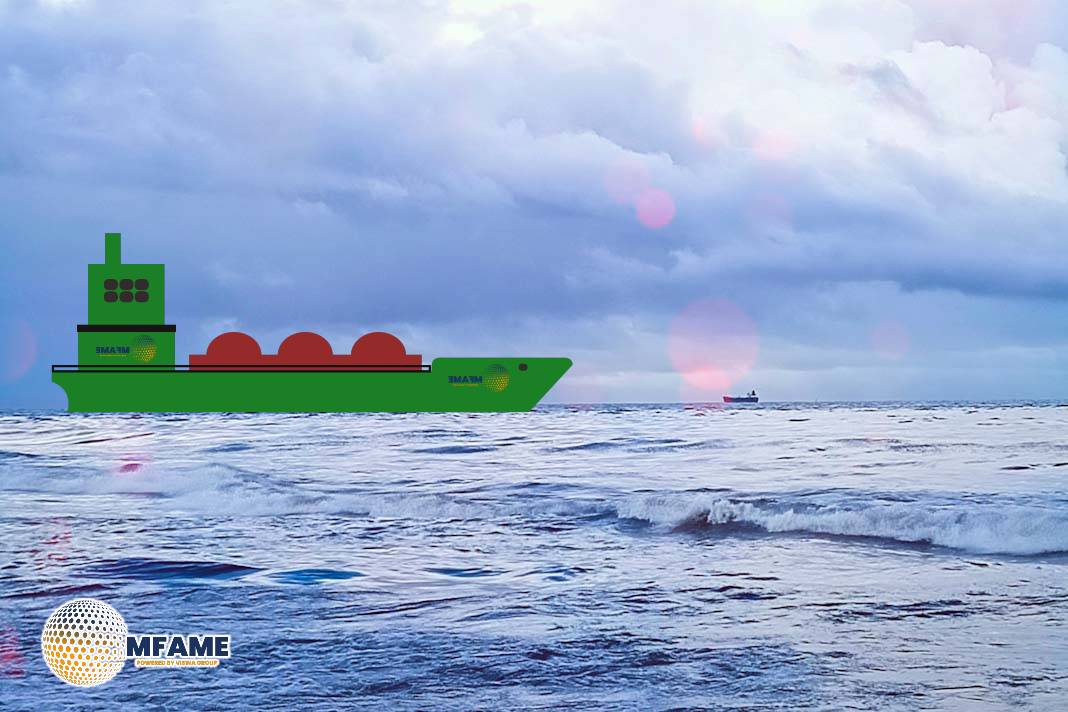Demand for Liquefied Natural Gas (LNG) as a marine fuel is expected to at least double by 2030, driven by projected abundant supply, lower prices, and accelerating global emissions regulations.
Market Growth and Supply Outlook
Demand for LNG bunkering is projected to surge dramatically by the end of the decade.
- Demand Forecasts: Industry executives predict LNG marine fuel demand will at least double by 2030. Rystad Energy forecasts global LNG bunkering volumes will surpass 4 million tons by end-2025 and double by 2030, while TotalEnergies expects global LNG and bio-LNG bunker demand to surge to 15 million tons by 2030.
- Supply and Pricing: Massive LNG export projects, primarily in the U.S. and Qatar, are anticipated to cause a supply glut by 2030. This glut is expected to reduce LNG prices, significantly improving its competitiveness against conventional fuel oil.
- Infrastructure Advantage: LNG is pulling ahead of other alternative fuels because its infrastructure is already established and readily available. Singapore, the world’s top bunkering hub, is leading global LNG bunkering activity, followed by China and the Netherlands, and plans to issue more bunker supply licenses.
Fleet Expansion and Emissions Reduction
The global shipping fleet is rapidly investing in LNG dual-fuel technology as a pragmatic short-term solution for decarbonization.
- Current Fleet and Orderbook: According to ship certifier DNV, 781 dual-fuelled ships can currently use LNG. Based on the current orderbook, the number of such vessels will reach 1,417 by 2030, a figure DNV expects to increase with new orders.
- Decarbonization Option: Companies like Mitsui O.S.K. Lines and Maersk view LNG as a realistic decarbonization option due to its immediate availability, cost-effectiveness, and safety. Refueling with LNG reduces emissions by 19% compared to fuel oil on a “well-to-wake” basis (emissions from extraction to usage).
- Competitive Edge: LNG is outpacing methanol and ammonia because their production remains in its infancy, with limited bunkering infrastructure and a lack of economic competitiveness hindering scalable adoption.
Regulatory Drivers
Regulatory pressure is forcing shippers to adopt lower-carbon fuels, with LNG benefiting immediately.
- European Regulations: Europe’s FuelEU regulation, which became effective this year, limits the fuel carbon intensity for vessels calling at European ports, directly driving the adoption of LNG bunkering.
- IMO Global Rules: The International Maritime Organization (IMO) will vote on a draft rule this month that would impose emissions fees on ships that breach standards and reward vessels burning cleaner fuels starting in 2028. The prospect of this rule, despite the U.S. rejection and demands for changes from a group of top shipping companies, is spurring new orders for LNG-capable ships.
Did you subscribe to our daily Newsletter?
It’s Free Click here to Subscribe!
Source: Reuters


















